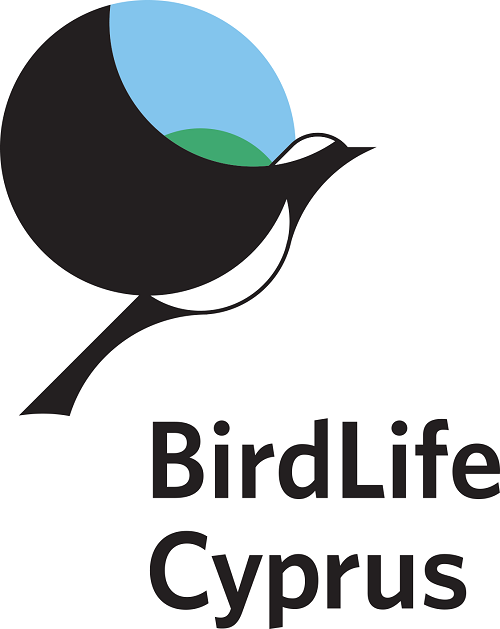Cyprus is an important stopover for millions of migratory birds as they travel between Europe and Africa every year. Many, however, meet their end on our island as they become trapped on mist nets and limesticks. Bird trapping is an illegal and profitable business, driven by the demand for “ambelopoulia”. The bigger the catch, the bigger the profit. Therefore, to increase the number of trapped birds, trappers employ a devious method: tape lures. Unluckily, birds can hear and respond to the sounds coming from a tape lure. A recent UCY study comes to show just how much worse things can get for birds when lures are used.
The study, which was recently published in the prestigious scientific journal “Biology Letters”, was conducted in nine different locations on the island between March and October 2016 and September 2019 (continuation of the study by PhD student Matteo Sebastianelli), using recordings of songs of Blackcap Sylvia atricapilla and Sardinian Warbler Sylvia melanocephala. Two nets were used for the song reproduction experiments, one acting as the experiment (with song) and the other as control (without song). According to the results of the study, significantly more birds were caught in the nets where a tape lure was used, than in the control nets. In fact, the study has shown that tape lures increase target species captures on mist nets by over eleven times on average. Moreover, the study has shown that the use of a tape lure has a clear effect on other species of birds, as individuals that are not of the target species are attracted to the sound as they perceive it as an indication of habitat quality.
Therefore, and contrary to popular belief that tape lures are a method of selective trapping, the study shows that they lead to increased captures of non-target species, some of which may be species of conservation concern.
The study was undertaken as part of a postgraduate dissertation by Georgios Savvas that began in 2016, with supervising Dr. Alexander Kirschel (Department of Biological Sciences-University of Cyprus). The aim was to quantify the effectiveness of tape lures in attracting birds to the nets using songs of target species. The study was written by PhD student Matteo Sebastianelli, postgraduate student George Savva, PhD student Michaella Moysi and Associate Professor Dr. Alexander Kirschel (Laboratory of Behavioral Ecology and Evolution) at the University of Cyprus.




